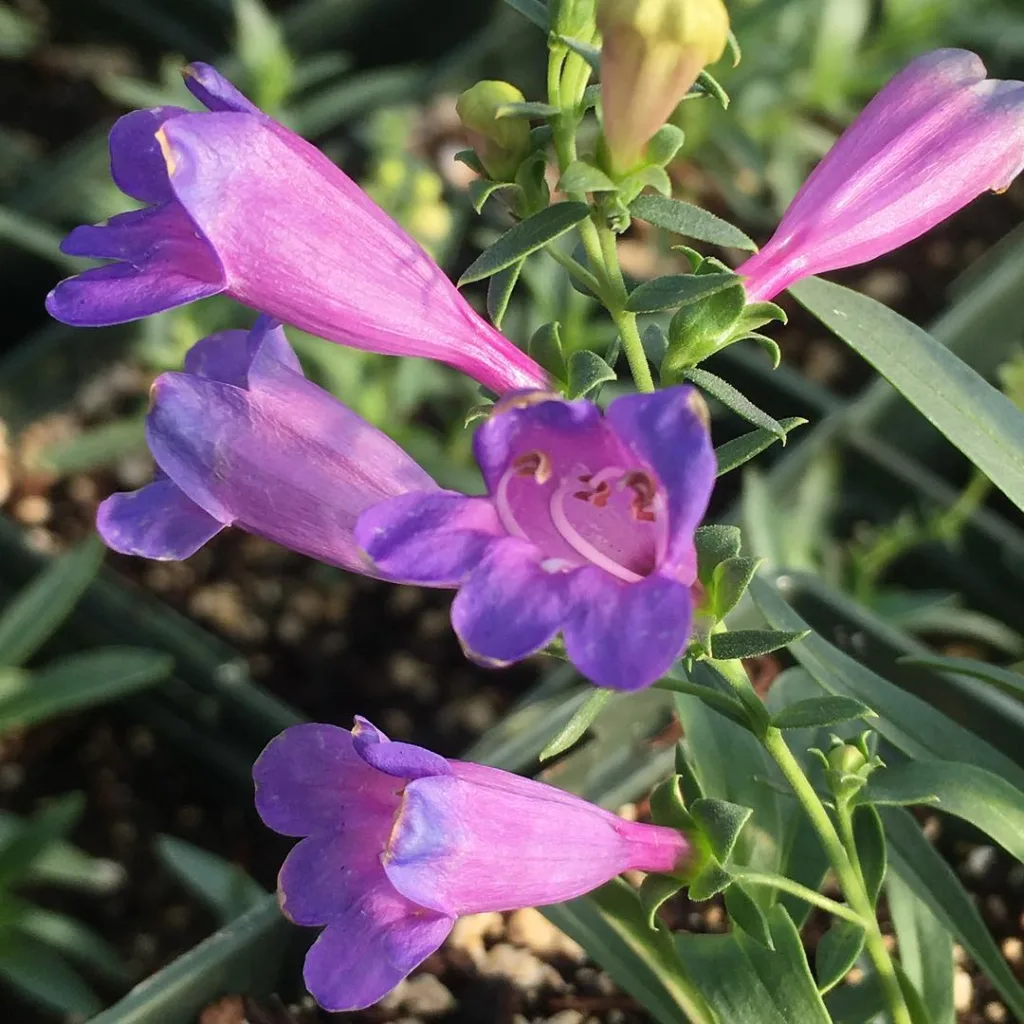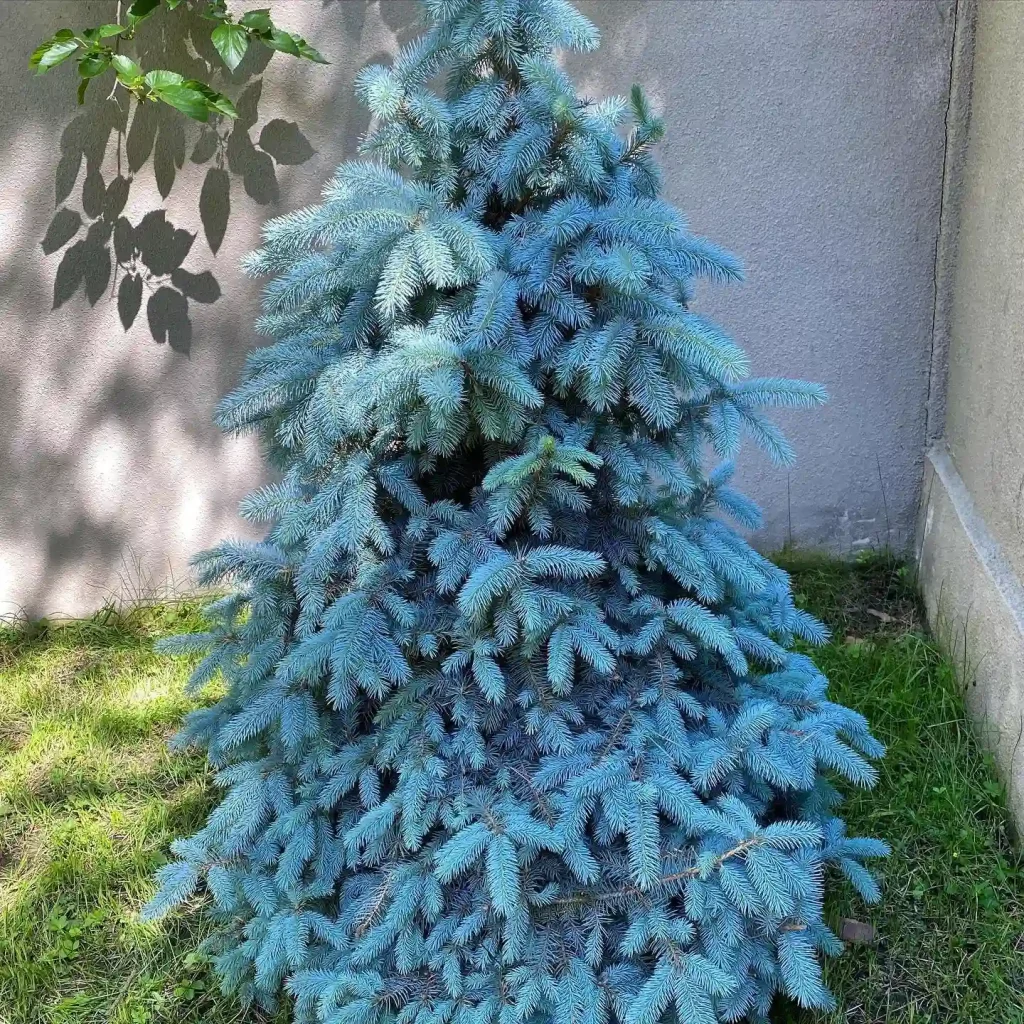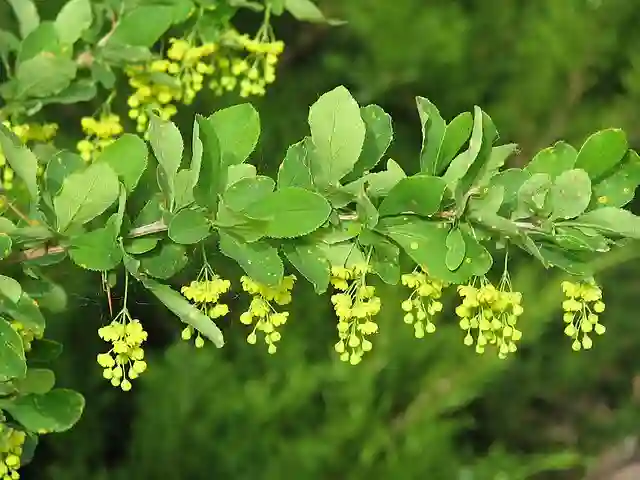
Scindapsus Treubii Moonlight vs Silver Sword
I find Scindapsus Treubii Moonlight to be striking with its silvery leaves that shimmer in the light, creating a serene atmosphere in my room. On the other hand, Silver Sword captivates me with its deep green hues and silver markings, adding a touch of elegance to my plant collection. Each has its own charm, but the Moonlight’s ethereal glow makes it a standout favorite for me.
36 Species in Genus Scindapsus
How to care for Scindapsus Treubii Moonlight?
The Scindapsus Treubii Moonlight, known for its beautiful silvery leaves, is a relatively easy-to-care-for houseplant. Here’s a guide to keep your Moonlight thriving:
Light:
- Provide medium to bright indirect sunlight. This plant prefers a bright spot but can tolerate lower light conditions, although growth may be slower. East-facing windows are perfect. Avoid direct sunlight, especially harsh afternoon sun, which can scorch the leaves.
Watering:
- Water thoroughly when the top inch of soil feels dry to the touch. Avoid overwatering, which can lead to root rot. Let the plant dry out slightly between waterings.
- Watering frequency depends on pot size, light conditions, and season. Generally, you might water once a week in summer and less often in winter.
- Use a pot with drainage holes to ensure excess water can drain away.
Humidity:
- While Scindapsus Treubii Moonlight can tolerate average household humidity levels, it thrives in higher humidity. You can group plants together, use a pebble tray, or mist the leaves occasionally (avoiding over-misting) to increase humidity around the plant.
Temperature:
- Prefers warm temperatures between 64°F and 77°F (18°C – 25°C). Avoid cold drafts and sudden temperature fluctuations.
Fertilizing:
- Fertilize moderately during the growing season (spring and summer) with a balanced houseplant fertilizer diluted to half strength. You can skip fertilizing altogether during winter.
Potting and Soil:
- Use a well-draining potting mix. Aroid mix or a mix with perlite or orchid bark for added drainage is ideal.
- Repot every 2-3 years or when the plant outgrows its current pot.
Additional care tips:
- Wipe leaves occasionally with a damp cloth to remove dust and improve air circulation.
- Scindapsus Treubii Moonlight is a climber. You can provide a moss pole or trellis for support if you want it to climb.
- Be mindful that this plant is toxic to pets and children, so keep it out of reach.
How to propagate Scindapsus Treubii Moonlight?
Propagating your Scindapsus Treubii Moonlight is a great way to create new plants and share the beauty with friends! Here’s a step-by-step guide for both water and soil propagation methods:
Water Propagation:
- Prepare your tools: You’ll need a sharp pair of pruning shears, a clean glass jar, and fresh water.
- Take a cutting: Select a healthy stem with at least one or two nodes (the bumpy areas where leaves and roots grow). Ideally, the cutting should be 4-6 inches long. Use your shears to make a clean cut just below a node.
- Remove lower leaves: Strip away any leaves on the lower portion of the stem, leaving just a few at the top. This allows the plant to focus its energy on root growth.
- Place the cutting in water: Fill your glass jar with fresh water, ensuring the node(s) are submerged but the leaves remain above the water line.
- Choose a bright spot: Place the jar in a location with bright, indirect sunlight. Avoid direct sunlight, which can scorch the leaves.
- Change the water: Refresh the water every 3-4 days to prevent bacteria growth.
- Wait for roots to develop: Be patient! Root development can take several weeks. Once the roots reach about an inch long, your Scindapsus Treubii Moonlight cutting is ready to be planted in soil.
Soil Propagation:
- Prepare your pot and soil: Choose a pot with drainage holes slightly larger than the diameter of your cutting. Fill it with a well-draining potting mix. Aroid mix or a mix containing perlite or orchid bark for added drainage is ideal.
- Prepare the cutting: Similar to water propagation, take a 4-6 inch stem cutting with at least one or two nodes and remove the lower leaves.
- Dip in rooting hormone (optional): While not essential, dipping the cut end of the stem in rooting hormone can encourage root growth.
- Plant the cutting: Make a hole in the center of your potting mix slightly deeper than the length of the bare stem. Gently insert the cutting and firm the soil around the base.
- Water thoroughly: Water the soil until moist but not soggy.
- Maintain humidity: Enclose the pot loosely in a clear plastic bag or use a humidity tray to create a humid environment around the cutting.
- Bright indirect light: Place the potted cutting in a location with bright, indirect sunlight. Avoid direct sunlight.
- Patience is key: Rooting in soil can take a few weeks to a month. Signs of successful propagation include new growth appearing on the stem.
- Reduce humidity gradually: Once new growth appears, gradually remove the plastic bag or humidity tray to acclimate the plant to lower humidity levels.
- Water as needed: Allow the top inch of soil to dry out between waterings.
Is Scindapsus Treubii Moonlight rare?
The rarity of Scindapsus Treubii Moonlight depends on your location and perspective. Here’s a breakdown:
- Less Common but Not Impossible to Find: It might not be as readily available as common houseplants like Golden Pothos, but it’s not impossible to find. Plant nurseries and online retailers specializing in unique houseplants often carry it.
- Previously More Uncommon: In the past, Scindapsus Treubii Moonlight was harder to find, contributing to its perception as rare. However, due to its popularity and increased propagation, it’s becoming more readily available.
- Regional Availability: This plant’s rarity can also be location-specific. In areas where it’s easily propagated and sold, it might not be considered rare. But for those in geographically distant areas, it might be harder to acquire.
Overall: While not necessarily the rarest houseplant, Scindapsus Treubii Moonlight can still be a desirable find for collectors due to its beautiful foliage. Its increasing availability makes it more attainable for plant enthusiasts everywhere.
If i die, water my plants!



